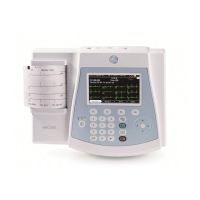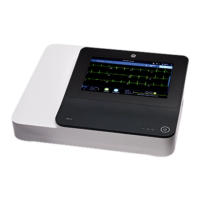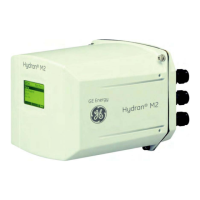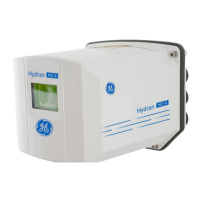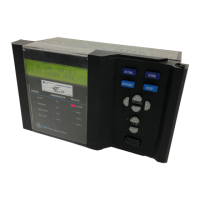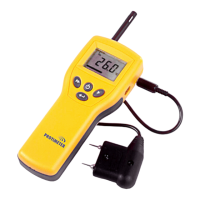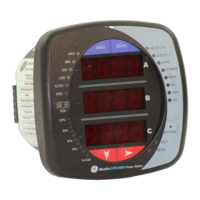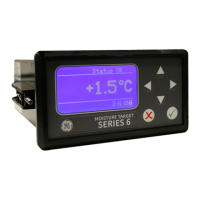4. Measuring Thickness
Page 124 DMS 2 Operating Manual
Step 2:
Activate the B-gate Submenu (located in the TG
Primary Menu) by selecting it with
or so that it’s
highlighted. Four selections will appear across the bottom of
the display screen.
Step 3:
Press below the selection titled B-THR. You’ll
note that the height of the B-gate shown on the A-scan
display screen will move up and down (Figure 4-14).
Step 4:
The B-gate height will remain where it’s positioned
until it’s manually adjusted.
NOTE: The B-gate height is not adjustable in the DMS 2E
model when Basic Mode is specified.
NOTE: For the DMS 2, this selection is only available in the
D-MULTI, S-FLANK, and S-PEAK measurement modes.
(Refer to Section 3.3.1 to change modes.)
4.4.6 Choosing the Rectification Method
Rectification effects how the A-scan is displayed on the
screen. The A-scan represents the sound pulse that’s
returned from the material being tested to the instrument.
This is commonly called an
echo
. The series of echoes
looks like the
radio frequency (RF)
signal that’s shown in
Figure 4-15. Note that the RF signal has a negative compo-
nent below the zero axis, and a positive component above
the zero axis. In RF mode, the A-gate and B-gate can be
positioned either above or below the axis, to be triggered by
a positive-heading echo or a negative-heading echo respec-
tively.
Positive rectification
means that only the upper (positive) half
of the RF signal is displayed and used for measurement. In
Figure 4-15, note that the positive half of the RF signal is
displayed.
Negative rectification
means that only the bottom (negative)
half of the RF signal is displayed and used for measurement. In
Figure 4-15, note that even though it’s the negative half of the
RF signal, it’s displayed in the same orientation as a positive
component. This is only to simplify viewing. The signal dis-
played in the view identified as Negative Rectification is the
negative component of the RF signal.
Full-wave rectification
combines the positive and negative
rectified signals together, and displays both of them in a
positive orientation (Figure 4-15). Note that negative rectifica-
tion is usually the default option for dual-element probes while
positive rectification is the default for single-element ones.

